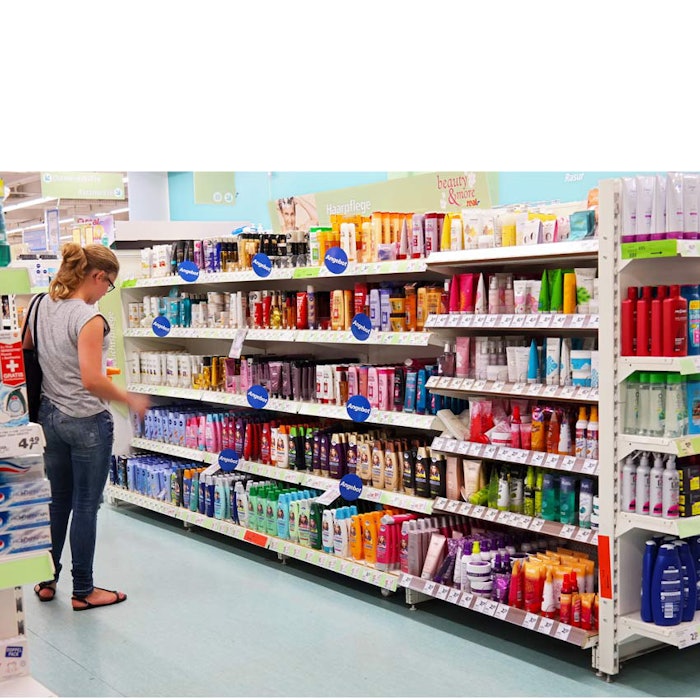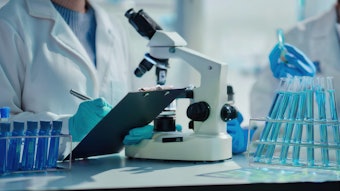
With all of the legislative buzz around banning microbeads in the United States, Greenpeace East Asia is publishing a list of who's still using the non eco-friendly microparticles and who is not.
"While most of the brands claim to have their plastic pollution problem under control, not one of them succeeded in meeting Greenpeace’s environmental standards, meaning that they still have the potential to allow this contamination into our waterways," according to Taehyun Park, an oceans campaigner at Greenpeace East Asia.
Greenpeace East Asia ranked 30 of the world’s top companies according to the strength of their commitment to getting rid of microbeads.
"Even the top scoring brands in the rank, like Beiersdorf, which has allegedly fulfilled all its commitments to its microbead ban pledge, have only taken action to remove one type of plastic-polythene- from its products, which gives a free rein to other polluting plastics," Park said.
The four main criteria used were:
1. Commitment and information transparency: Does the company have commitment on microbeads? Is it publicly available and easy to access?
2. Definition: How does the company define microbeads for their commitment?
3. Deadline: When will the company meet their commitment?
4. Application scope: Does the commitment cover all products in all markets?
Greenpeace East Asia scored each company based on its responses to a Greenpeace survey, as well as any publicly available information. Each criteria was weighted equally and scored out of 100, to give a final maximum score out of 400.
Beiersdorf, Colgate-Palmolive and Henkel AG & Co. ranked at the very top of the list with scores of 340/400. Click here to view the full list.










